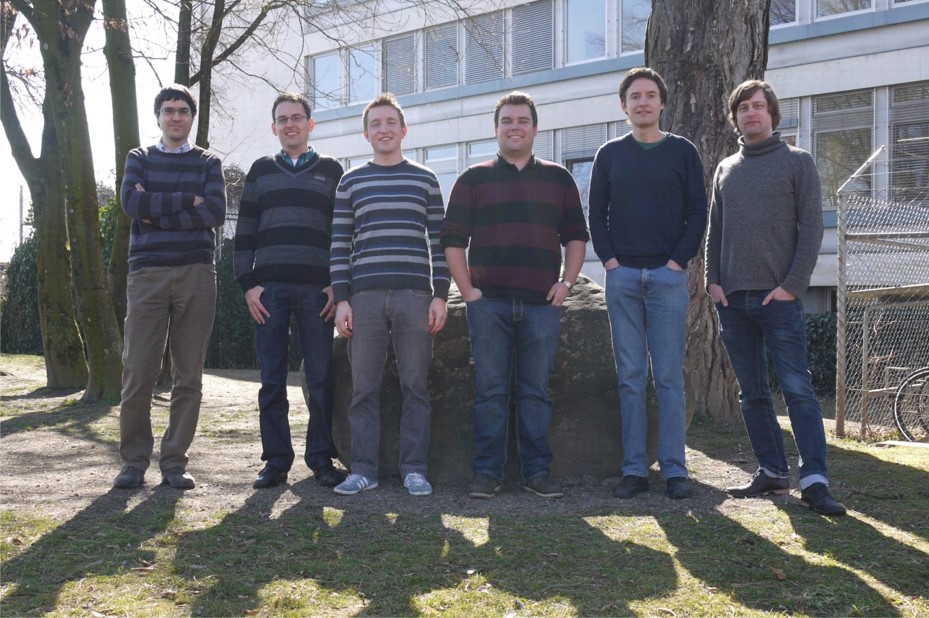Universitaet Bern
-
0 comments

About the innovator
Taking pictures today rely on the same physical principles since the invention of photography two centuries ago. The Quantum Optics Laboratory at the University of Bern develops new methods of object reconstruction overcoming the limitation of classical imaging. They are based on correlations between photons, the particles of light and exploit new sensors capable of detecting each photon with high spatial and temporal resolution.
Supertwin on Twitter
What is the innovation
Usual imaging is realized by measuring the intensity distribution of the light passing through the objects to investigate. Photons, the particles of light, can however be correlated in time and space and more information about the object can potentially by obtained by exploiting those correlations. For instance, to achieve better resolution in microscopy. This however requires to be able to detect the position and time of each photon impinging on the sensor. Experimental realizations of quantum imaging have been made possible thanks to a new single photon detector CMOS array developed within the EU-Funded H2020 SUPERTWIN project. The potential of the method was demonstrated with photon pairs that show quantum correlations.
Out of the lab. Into the market
The potential for applications of correlated photon detection goes beyond the first laboratory experiments that were specifically focused on correlated quantum light. Thanks to its high spatial and temporal resolution and to the use of cost-effective CMOS technology, the sensor could effectively compete with costly CCD cameras. We therefore recently started a FET-Innovation Launchpad project (gammaCam) with the goal of identifying applications of the new sensor and assess its performances against current technologies. Once the most promising market is selected, the launch of a start-up company is foreseen.
Benefits of participation in Horizon 2020
Thanks to the participation in H2020, the QOL was able to develop an intensive collaborations with several European teams covering a broad range of competencies, from the development of state-of-the-art CMOS sensor to quantum theoretical methods for object reconstruction. This combination of high-end technology and basic science was beneficial not only for the realization of fundamental experiments but also to go beyond prove of principle realization and evaluate real applications. The project was a trigger for further collaborative projects with the partners.
This innovation was funded via H2020 project SUPERTWIN
Team behind the innovation
/futurium/en/file/unibeteamjpgunibeteam.jpg


